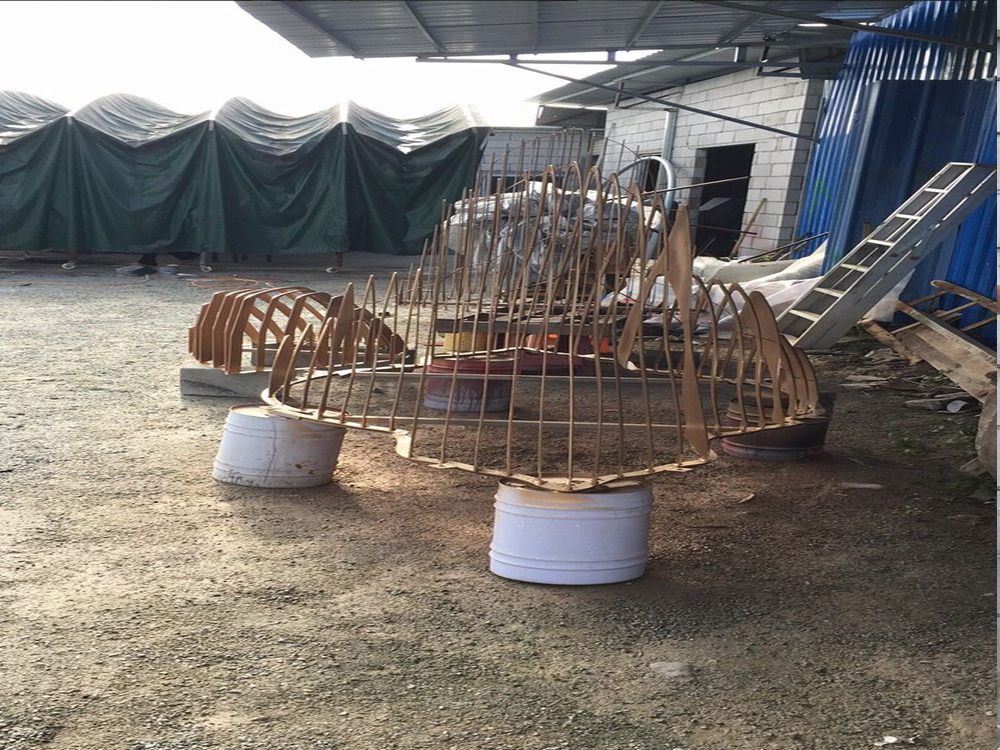
Porcelain sculptures in refugee or displacement camps serve as more than decorative objects—they embody resilience, cultural identity, and therapeutic value. When creating such artworks, artists and aid organizations must prioritize several key factors.
1. Durability and Practicality: Camps often lack stable storage conditions, so sculptures should use robust materials and simple designs to withstand handling and environmental stress.
2. Cultural Sensitivity: Designs should reflect the displaced community’s heritage without appropriating or oversimplifying traditions. Collaborating with camp residents ensures authenticity.
3. Therapeutic Intent: Art-making can process trauma. Small-scale, accessible projects—like communal sculpture workshops—foster healing and empowerment.
4. Resource Constraints: Use locally available materials where possible, and avoid techniques requiring expensive tools or kilns. Air-dry clay or low-fire porcelain may be alternatives.
5. Symbolism and Hope: Themes of renewal, unity, or shared humanity can uplift participants while avoiding overtly political or distressing imagery.
By balancing artistic expression with practicality, porcelain sculptures become powerful tools for connection and recovery in transient environments.

